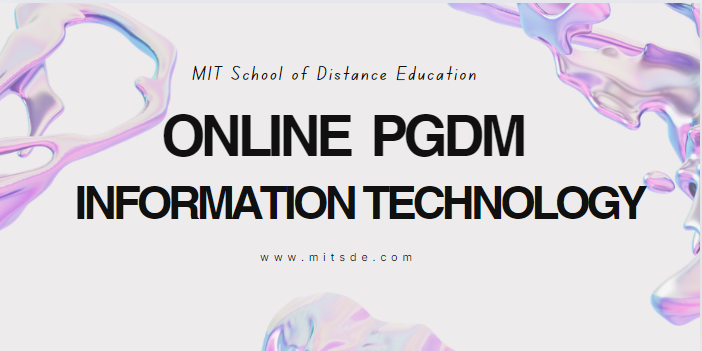
Traditionally, emails have been a common and widely used medium of communication. Marketers have leveraged this medium to deliver their marketing messages for many years.
The first email was launched in the 1970s. And today email marketing’s average return on investment in 2023 is expected to reach $10 billion.
The number of global email users was close to four billion and is believed to grow to 4.6 billion users in 2025.
This shows that half the population around the globe uses emails for personal or promotional purposes; making email marketing a must-have in the digital marketing strategy in 2023.
What are the advantages and disadvantages of email marketing?
Advantages
- Widely used platform
- Direct access to the target audience
- Is more controllable compared to other social media platforms
- Messaging can be personalized
- Can reach a wide audience-base
- It is easily scalable
- The global email marketing market is growing at a CAGR of 13.3% which is conducive to growth
- Measuring campaign performance is easy as performance metrics are well-defined
Disadvantages
- The tough and ever-growing competition
- Requires access and permission to be granted by the audience
- Needs an emailing list or target audience database with details like email id and name
- Chances of email ending up in spam
- Campaigns are successful only if the viewer opens the email and responds to it
- Requires quality content and excellent copywriting skills
- It has to be visually appealing to improve the campaign’s success rate
- Emails may be blocked or filtered if the audience changes the setting or unsubscribe the emails
What are the performance metrics for email marketing?
Email Open rate – It shows the number of people who have opened the email. It is calculated by dividing the number of people who clicked on the email divided by the number of delivered emails multiplied by 100.
CTR – CTR or Click Through Rate is the number of clicks on links or advertisements mentioned in the email. It is calculated by dividing the number of unique clicks divided by the number of delivered emails multiplied by 100. This gives you the CTR percentage.
This information is important because it gives a clear idea of how well the audience is engaging with the content.
Bounce rate – it is the percentage of people who did not receive your email. A soft bounce means a temporary problem with the email address or an error in typing the email address. Whereas Hard Bounce refers to permanent errors or issues with the email address.
Spam score – It refers to the number of emails landing in the spam bin. If the count is very high, there are chances of your account being blocked or action being taken against it.
List growth – It is the increase in the number of people in our emailing list. It is calculated by subtracting the new users from the number of the non-subscriber.
Conversion rate – Any promotional email consists of a CTA (Call to Action) button or link. The main purpose of email marketing is to push the viewers to take the desired action. It may be in the form of a subscription, viewers going to your website, responding to the email, or any other CTA you aim at through the campaign. The rate is calculated by the number of people taking action divided by the number of opened emails multiplied by 100.
The final and important key performance indicator is the total ROI or returns on the investment. It refers to the revenue generated through email marketing campaigns.
The global e-mail marketing market is expected to grow to US 17.9 billion by 2027. This shows that email marketing is an old but effective strategy for any marketer to include in the mix.
Though digital marketing is an ever-evolving field, it is essential to know the basics of digital marketing. This helps you to become a holistic marketer.
How MIT School of Distance Education helps?MIT School of Distance Education (MITSDE) is an institute that understands the current skills gap in the market and strives hard to reduce it. For this purpose, MITSDE brings you PG Certification in Digital Marketing (PGCM Digital Marketing). This digital marketing course covers the latest concepts, gives hands-on training on the latest tools, and teaches you to create a virtual brand, analyse market trends, and design campaigns.


